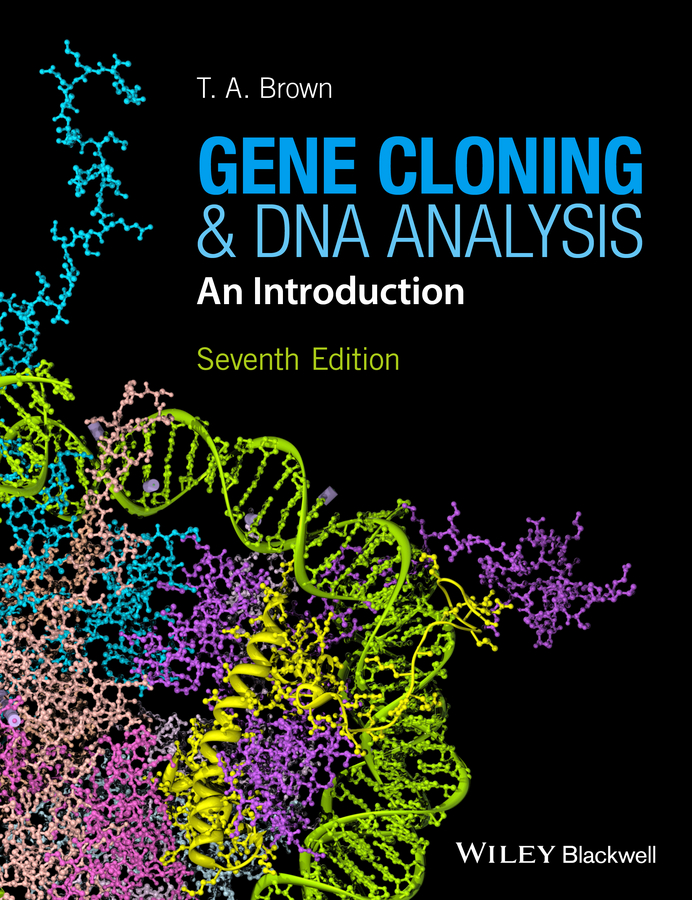Электронная книга: T. A. Brown «Gene Cloning and DNA Analysis. An Introduction»

|
Known world-wide as the standard introductory text to this important and exciting area, the seventh edition of Gene Cloning and DNA Analysis addresses new and growing areas of research whilst retaining the philosophy of the previous editions. Assuming the reader has little prior knowledge of the subject, its importance, the principles of the techniques used and their applications are all carefully laid out, with over 250 clearly presented four-colour illustrations. In addition to a number of informative changes to the text throughout the book, the chapters on DNA sequencing and genome studies have been rewritten to reflect the continuing rapid developments in this area of DNA analysis: In depth description of the next generation sequencing methods and descriptions of their applications in studying genomes and transcriptomes New material on the use of ChiP-seq to locate protein-binding sites Extended coverage of the strategies used to assemble genome sequences Description of how the Neanderthal genome has been sequenced and what that sequence tells us about interbreeding between Neanderthals and Homo sapiens Gene Cloning and DNA Analysis remains an essential introductory text to a wide range of biological sciences students; including genetics and genomics, molecular biology, biochemistry, immunology and applied biology. It is also a perfect introductory text for any professional needing to learn the basics of the subject. All libraries in universities where medical, life and biological sciences are studied and taught should have copies available on their shelves. Издательство: "John Wiley&Sons Limited"
ISBN: 9781119072553 электронная книга Купить за 14285.06 руб и скачать на Litres |
Другие книги схожей тематики:
| Автор | Книга | Описание | Год | Цена | Тип книги |
|---|
См. также в других словарях:
Molecular cloning — refers to a set of experimental methods in molecular biology that are used to assemble recombinant DNA molecules and to direct their replication within host organisms.[1] The use of the word cloning refers to the fact that the method involves the … Wikipedia
Recombinant DNA — (rDNA) molecules are DNA sequences that result from the use of laboratory methods (molecular cloning) to bring together genetic material from multiple sources, creating sequences that would not otherwise be found in biological organisms.… … Wikipedia
DNA — For a non technical introduction to the topic, see Introduction to genetics. For other uses, see DNA (disambiguation). The structure of the DNA double helix. The atoms in the structure are colour coded by element and the detailed structure of two … Wikipedia
Gene therapy — using an Adenovirus vector. A new gene is inserted into an adenovirull. If the treatment is successful, the new gene will make a functional protein. Gene therapy is the insertion, alteration, or removal of genes within an individual s cells and… … Wikipedia
Gene synthesis — is the process of synthesizing an artificially designed gene into a physical DNA sequence.Gene synthesis was first demonstrated by Har Gobind Khorana in 1970 for a short artificial gene. Nowadays, commercial gene synthesis services are available… … Wikipedia
DNA sequencing — Part of a series on Genetics Key components Chromosome DNA • RNA Genome Heredity Mutation Nucleotide Variation … Wikipedia
